10 Common Diseases in Eel Farming and Their Treatments
1. Red Skin Disease
- Cause: Fluorescent hair bacilli.
- Clinical Symptoms: Caused by bacterial invasion due to injuries during handling or transportation. Symptoms include localized hemorrhage, inflammation, and peeling skin, especially noticeable on the belly and sides. Jaw and gills may also show signs of inflammation. Affected eels become weak.
- Epidemic Pattern: Commonly spreads in late spring and early summer.
- Preventive Measures:
- Handle eels carefully during harvesting and transport to avoid injuries.
- Before stocking, soak the eels in a bleach solution (5–10 mg/L) for about 30 minutes.
- During the outbreak season, suspend a bleaching powder container in the pond, using about 0.4 g/L of water.
* Treatment:
- Apply bleach powder (1–1.2 mg/L) to the entire pond every other day.
- Use alum (0.05 g per cubic meter of water), and apply lime powder (25 g per cubic meter) two days later.
- Apply schisandra (2–4 mg/L) over the entire pond for 3 consecutive days.
- Mix compound sulfamethazine into the feed, with a dosage of 1.5 g per kg of eel body weight, twice daily for 6 days. Use caution in cases of liver or kidney disease.
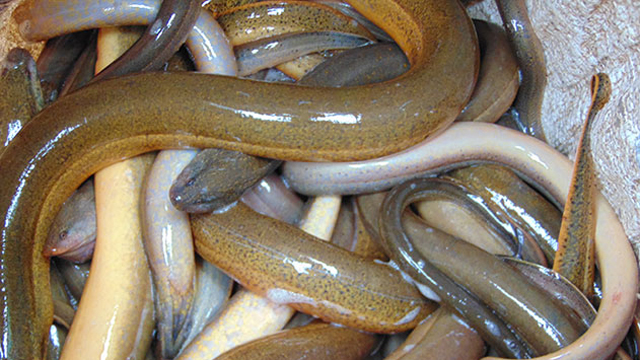
2. Spotting Disease (Skin Ulcers, Speckled Disease)
- Cause: A variant of Aeromonas bacteria.
- Clinical Symptoms: Circular or oval spots, inflammation, necrosis, and ulcers on the skin, exposing the underlying white dermis, bones, and internal organs. Affected eels avoid burrowing, swim sluggishly, and often stick their heads out of the water.
- Epidemic Pattern: Occurs year-round, most common between April and September.
- Preventive Measures:
- Thoroughly disinfect the pond with lime powder to eliminate pathogens.
- Maintain clean water and periodically disinfect the pond using bleaching powder or lime powder.
* Treatment:
- Use external treatments similar to those for red skin disease.
- Internal treatments may include compounds like sulfadiazine or thiamphenicol.
3. Tail Rot Disease
- Cause: Aeromonas monofore bacteria.
- Clinical Symptoms: Early symptoms include inflammation and ulceration of the tail. In severe cases, the tail may rot away, exposing the muscles and bones. The eel becomes sluggish, often keeping its head above water, and eventually dies from inactivity.
- Epidemic Pattern: Can occur year-round, with a peak from June to September.
- Preventive Measures:
- Avoid injuring eels during transportation.
- Maintain a low stocking density and ensure water cleanliness.
* Treatment:
- Bathe the affected eels in chlorine dioxide (20–40 mg/L) for 5–10 minutes.
- Use the same internal medications as for spotting disease.
4. Intestinal Inflammation
- Cause: Aeromonas bacteria.
- Clinical Symptoms: Affected eels become isolated, swim slowly, and develop a darker body color, especially around the head. The belly may show red spots, and appetite decreases. Upon dissection, inflamed intestines may be observed, with no food in the gut and yellow or red fluid in the abdomen.
- Epidemic Pattern: Highly infectious, spreads in the summer, especially when eels consume spoiled food or suffer from inconsistent feeding. The disease spreads rapidly and is highly fatal, with a critical temperature range of 25–30°C.
- Preventive Measures:
- Manage the pond carefully, avoid feeding spoiled food, and remove uneaten food promptly.
- Disinfect the pond with lime powder (30 g/m³).
* Treatment:
- Combine external and internal treatments.
- External treatments include bleaching powder or lime powder.
- Internal treatments include compound sulfadiazine mixed into the feed, dosed according to body weight and administered for 5–7 days, with a double dose for the first application.
5. Hemorrhagic Disease
- Cause: Aeromonas hydrophila bacteria.
- Clinical Symptoms: Affected eels swim at the water surface, refuse to eat, and exhibit varying sizes of red spots on their bodies and abdomens. The head may swell and bleed, and severe liver damage and internal bleeding are common. The intestines may also be inflamed, with no food in the gut and a rigid body.
- Epidemic Pattern: Spreads from April to October, peaking from June to July.
- Preventive Measures:
- Handle eels carefully during catching, transportation, and stocking to avoid injuries.
- Disinfect the pond with trichloroisocyanuric acid or dibromohydantoin.
* Treatment:
- Apply trichloroisocyanuric acid (0.4–0.5 mg/L) to the entire pond.
- Bathe the affected eels in chlorine dioxide (20–40 mg/L) for 5–10 minutes.
6. Water Mold Disease
- Cause: Water mold fungi.
- Clinical Symptoms: Mainly affects injuries on the eel's body or eggs. Infected areas develop a white, cotton-like fungal growth. The infected flesh may necrotize and ulcerate.
- Epidemic Pattern: Most common in late winter and early spring.
- Preventive Measures:
- Disinfect the pond with lime powder (100–150 kg per hectare).
- Use saltwater baths (2–3%) for 3–4 minutes to disinfect.
* Treatment:
- Mix schisandra powder into the feed (0.1–0.2 g/kg body weight) for 5–7 days.
- Apply salt or sodium bicarbonate solutions (0.04%) to the entire pond.
7. Threadworm Disease (Trichinosis)
- Cause: Trichinosis worms.
- Clinical Symptoms: The worms penetrate the intestinal wall, causing inflammation. Severe infestations lead to weakness and death.
- Epidemic Pattern: Primarily affects young eels, leading to high mortality rates.
- Preventive Measures:
- Disinfect the pond with lime powder to eliminate worm eggs.
* Treatment:
- Use levamisole mixed into the feed (0.2–0.3 g per 100 kg of eels) for 3 days.
8. Spiny-Head Worm Disease
- Cause: Spiny-head worms (Acanthocephala).
- Clinical Symptoms: These large, white worms burrow into the intestinal wall, causing inflammation and potentially fatal blockages or perforations.
- Epidemic Pattern: Can occur year-round in eels of all ages.
- Preventive Measures:
- Disinfect the pond with lime powder to kill the worms and their eggs.
* Treatment:
- Apply dipterex to the pond (0.18–0.45 g/m³), using reduced amounts for young eels.
9. Chinese Leech Disease
- Cause: Chinese leeches.
- Clinical Symptoms: Leeches attach themselves to various parts of the eel, sucking blood and causing weakness.
- Preventive Measures:
- Disinfect the pond with lime powder to eliminate leeches.
* Treatment:
- Use dipterex or potassium permanganate solutions (10 mg/L or 5 mg/L, respectively) to treat the pond.
10. Heat Stress Disease
- Clinical Symptoms: Occurs during transport or when stocking density is too high, leading to excessive mucus production and rapid microbial activity, depleting oxygen and causing mass mortality.
- Preventive Measures:
- Control stocking density during transport.
- Replace water regularly and ensure adequate oxygen levels.
- Use fresh ginger slices (100 g per container) during transport.
* Treatment:
- Apply copper sulfate solution (0.7 g/m³) to the entire pond.
By following these treatment protocols, farmers can successfully manage common diseases in eel farming.
Ngày đăng : 20/08/2024
8461 View
Other Articles
Global Shrimp Forum: Global shrimp trade is reshaping
China’s Import Value Up 10%, Vietnamese Shrimp Remains Among Leading Suppliers
After the 7.5-magnitude offshore earthquake in Aomori that injured 34 people, Japan has issued a warning about a potential mega-earthquake
India’s shrimp exports accelerate despite the trade war with the United States
Portuguese food group acquires 18% stake in cod farming company Norcod
Indonesia implements radioactive-free shrimp certification for exports to the United States
India is world’s second-largest shrimp producer. That is now under threat
Ca Mau’s shrimp industry moves towards “green” growth
Floods devastate aquaculture, processing operations in Vietnam
Ecuador Leads Global Shrimp Exports, Surpassing USD 7 Billion in 2025
India's marine product exports rise 16% as new markets offset US dip
Skretting presents the first shrimp feed with insect meal in Vietnam








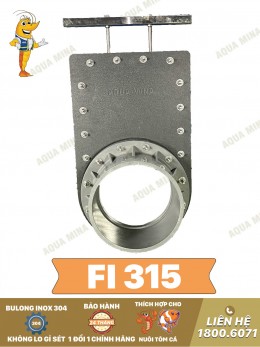
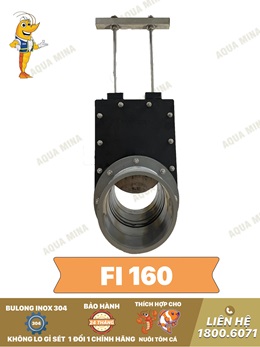
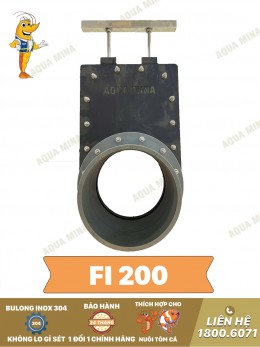
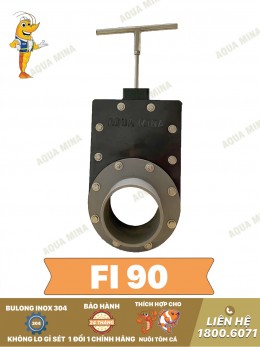
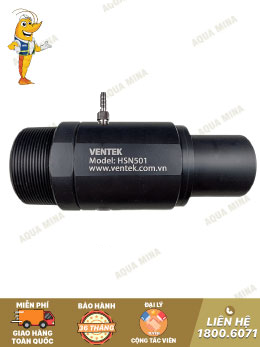
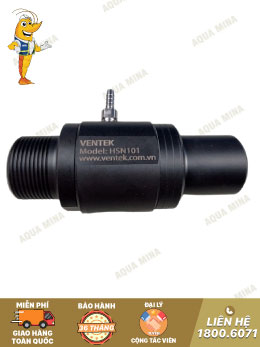

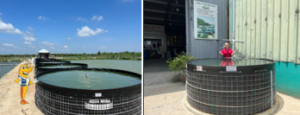


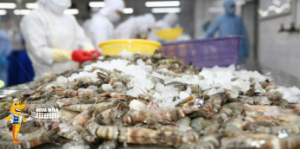
.jpg)